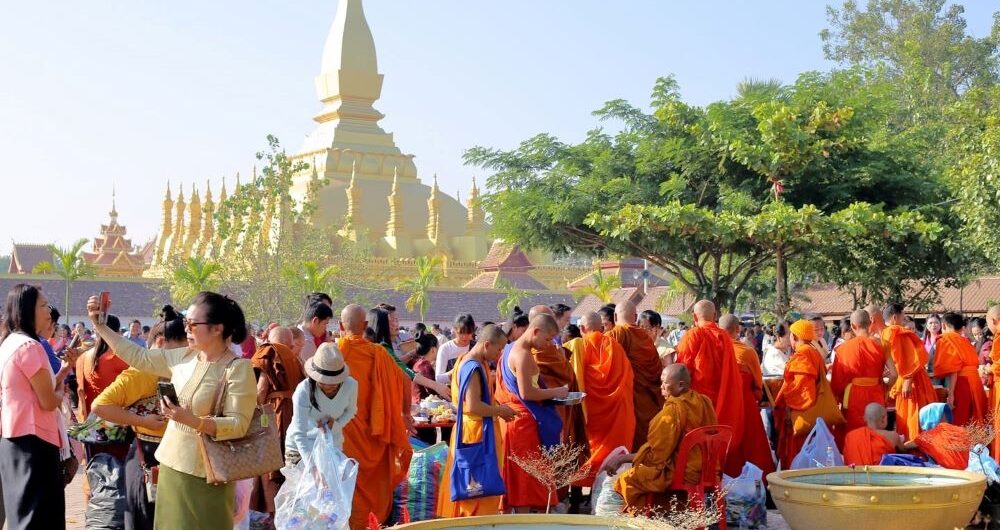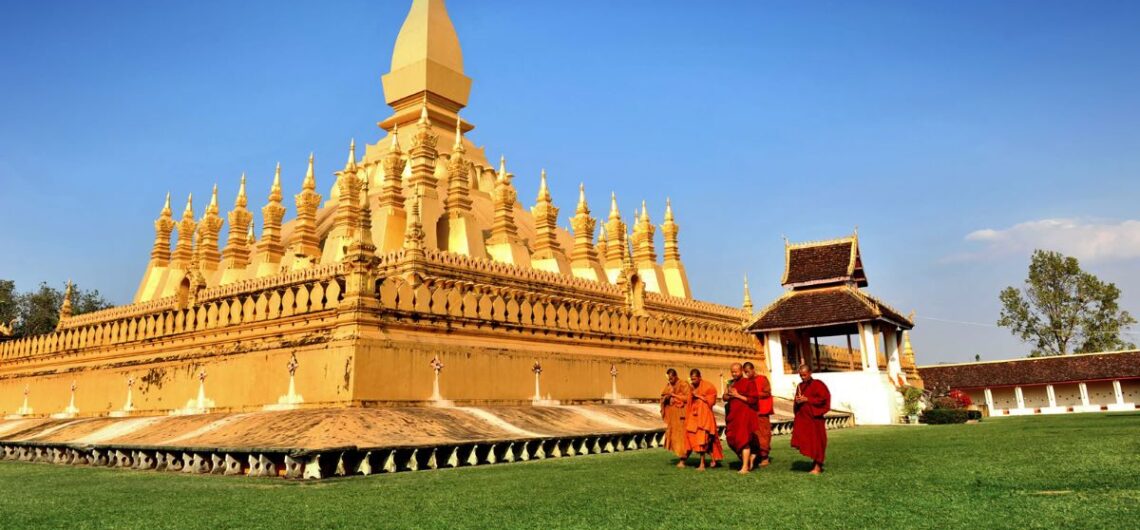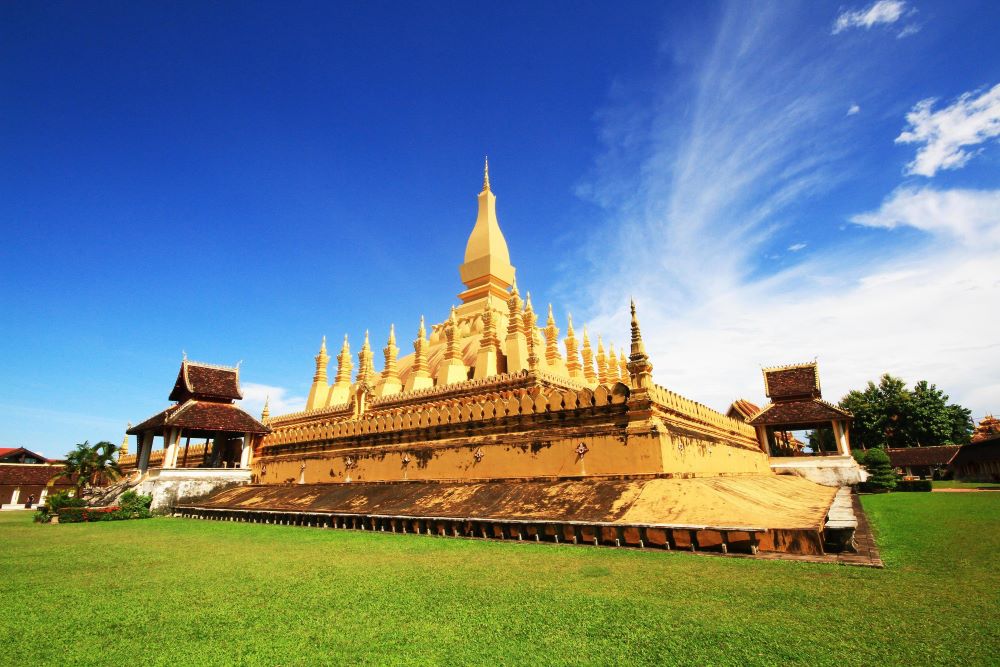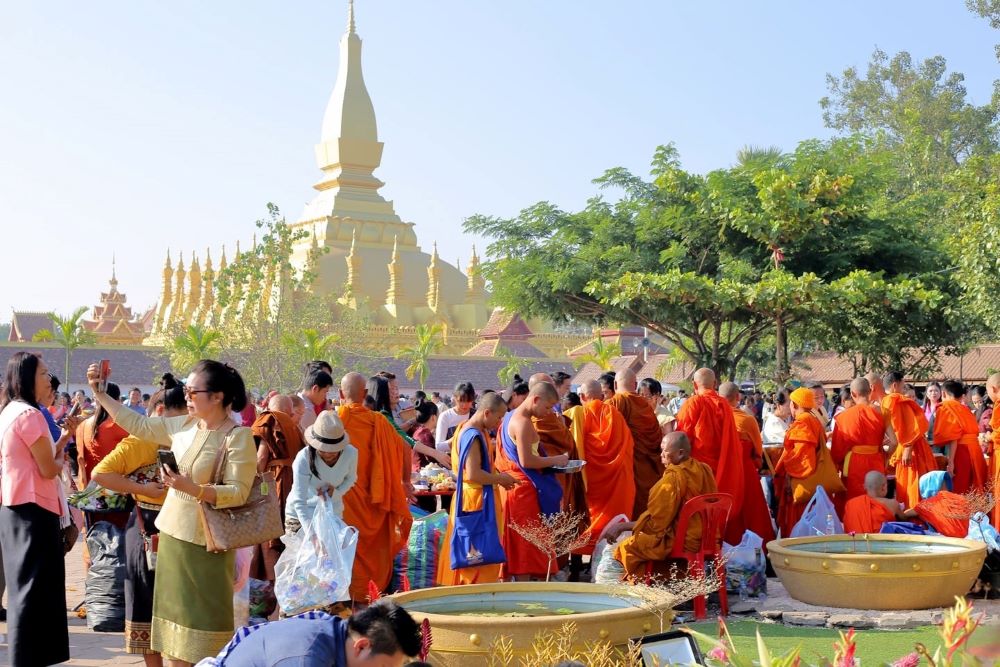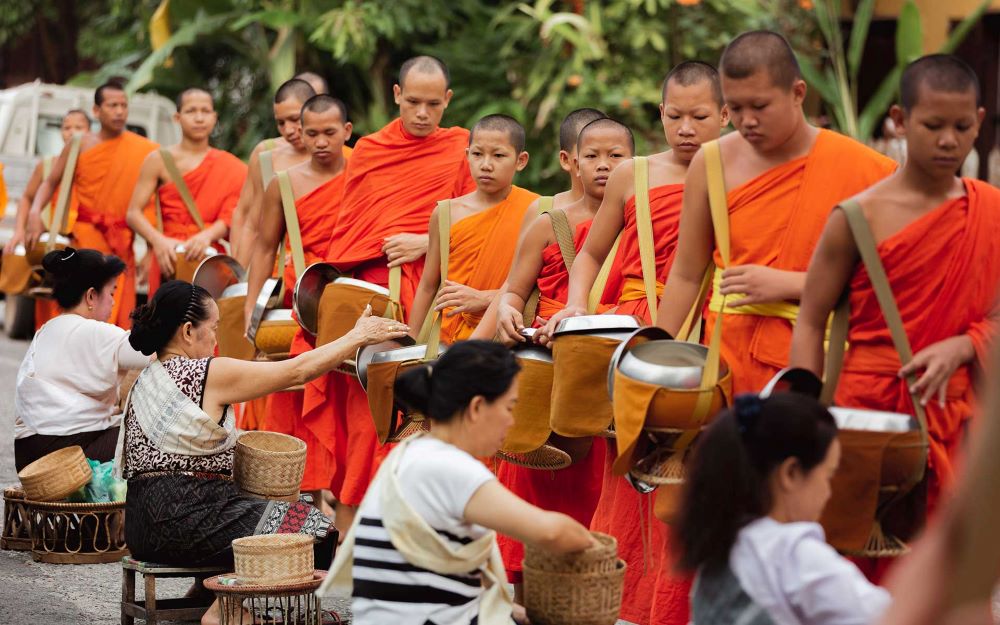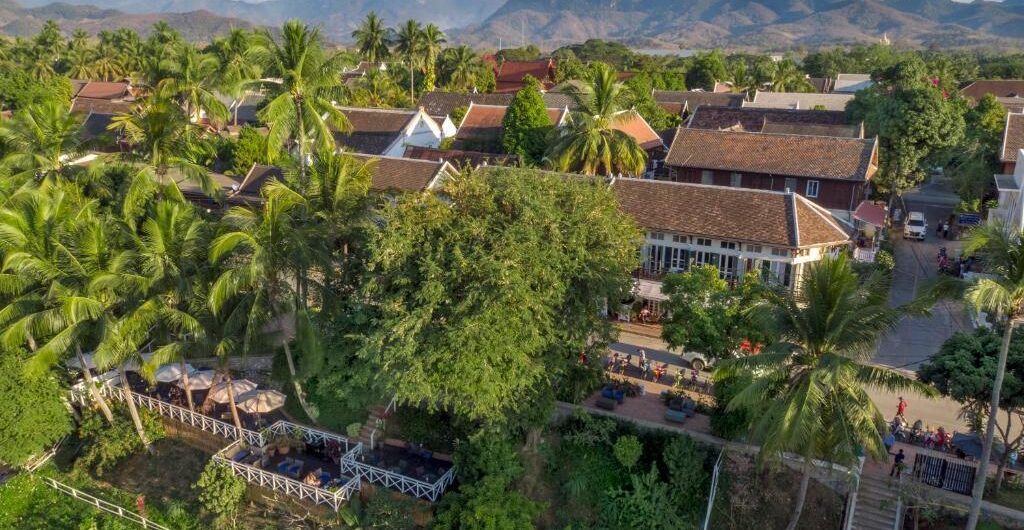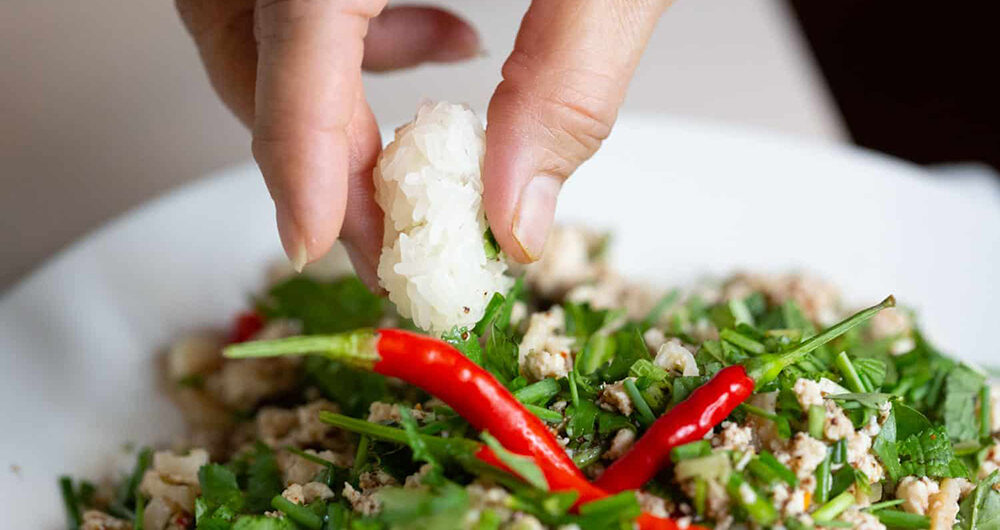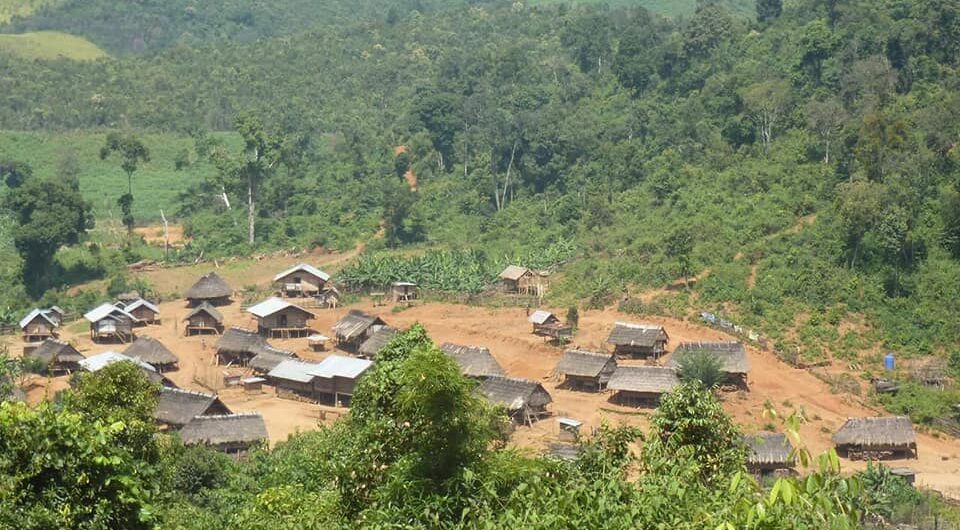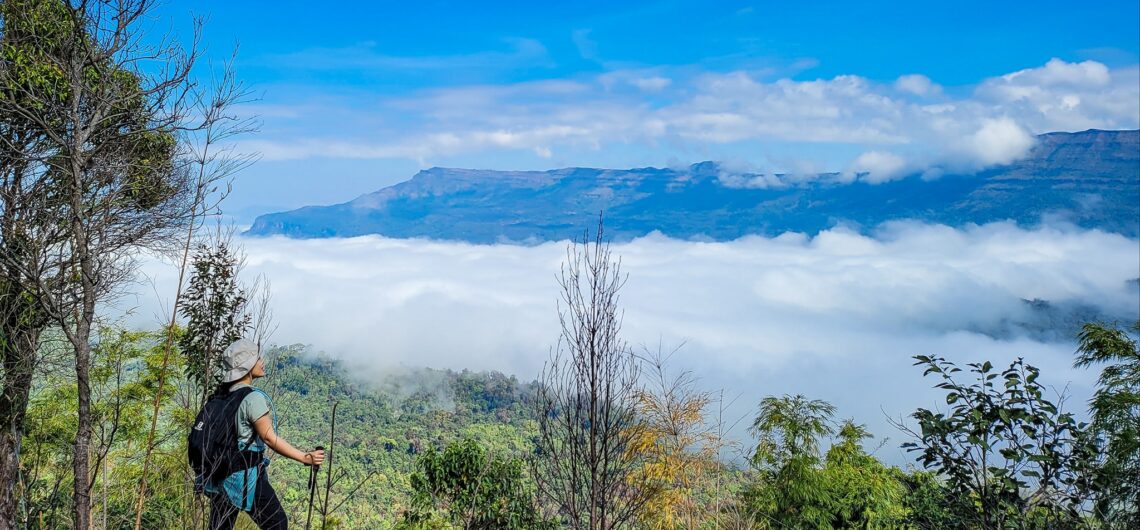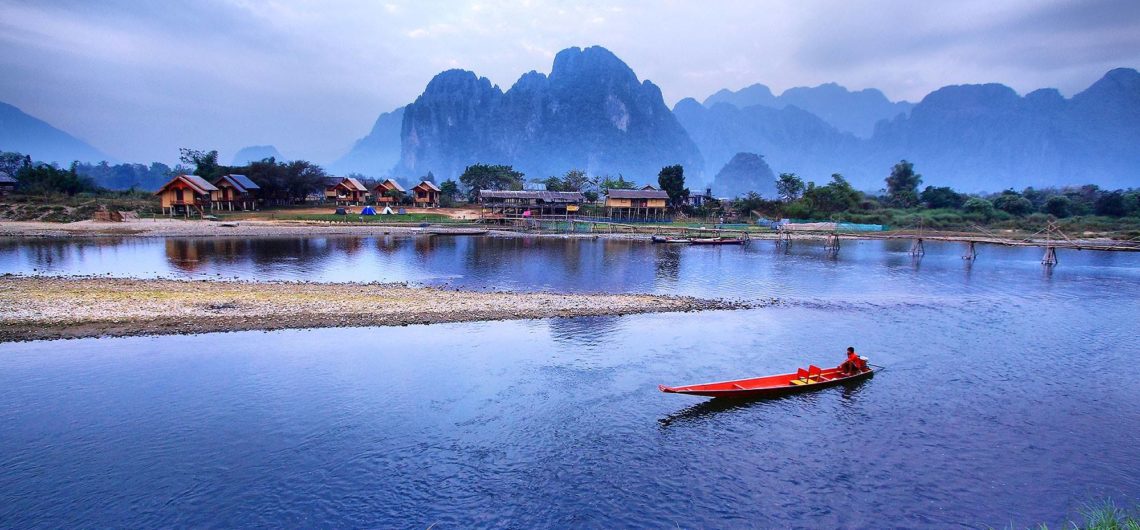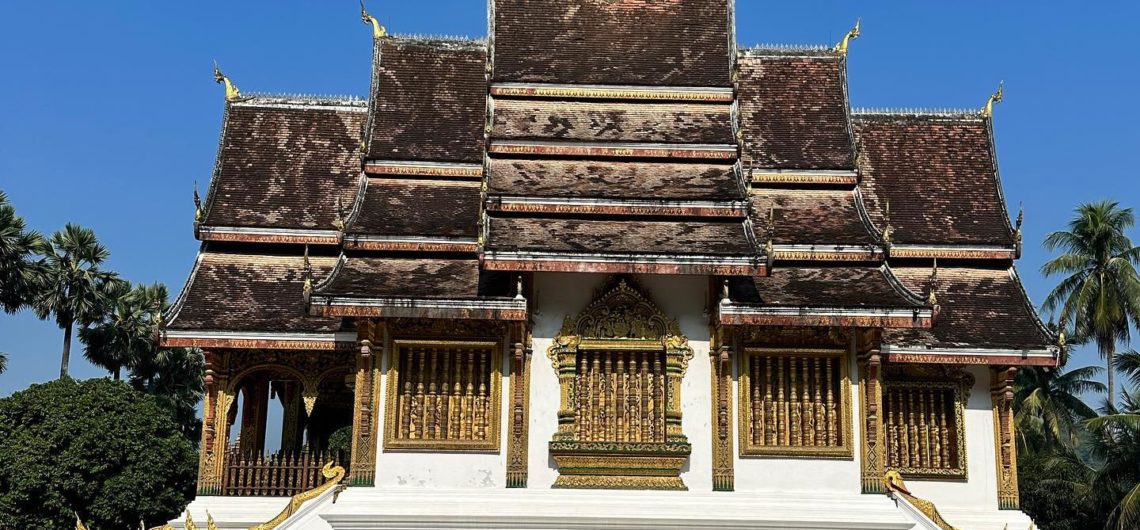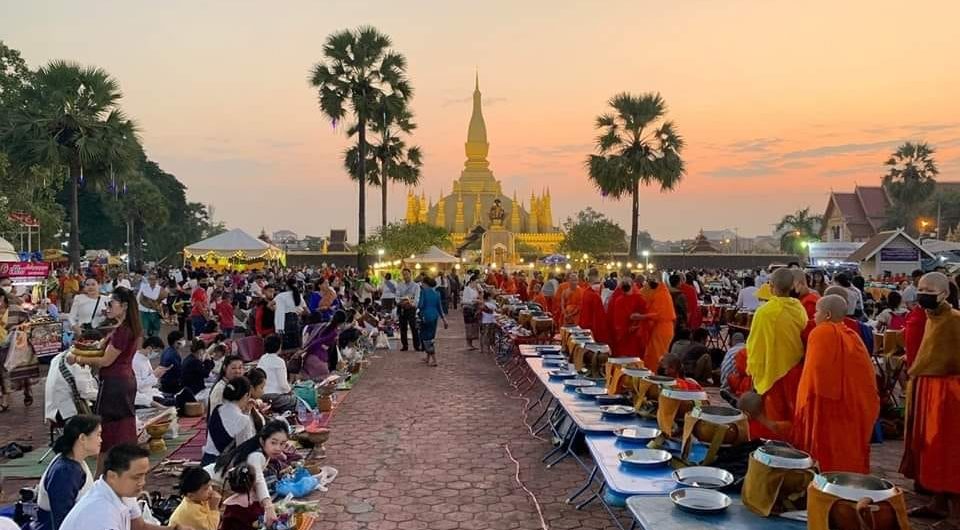Plan your trip with our guide to the best time to visit Laos. Learn about the cool, hot, and rainy seasons plus highlights and festivals.
Laos is often described as the “hidden gem” of Southeast Asia, a country of gilded temples, sleepy riverside towns, misty mountains, and lush rice paddies. But as enchanting as Laos is, the experience you have largely depends on when you decide to go. With a tropical monsoon climate, Laos has dramatic seasonal contrasts that influence everything—from river levels on the Mekong to trekking conditions in the north. Travelers planning their journey often weigh the dry season versus rainy season to find the sweet spot for their ideal trip. This guide breaks down the best time to visit Laos depending on weather, festivals, activities, and regions so you can tailor your adventure perfectly.
Understanding Laos Weather and Climate
Laos has a tropical climate shaped by the annual monsoon, creating three distinct travel seasons:
- Cool & Dry Season (November – February): Comfortable weather, clear skies, and cool nights. This is considered peak tourist season.
- Hot & Dry Season (March – May): The hottest months of the year, with temperatures soaring up to 38°C in some areas.
- Rainy Season (June – October): Short but heavy downpours, usually in the afternoon or evening, leaving mornings relatively dry.
Knowing how each season feels will help you decide the best time to visit Laos for your style of travel.
Cool & Dry Season (November – February): Peak Travel Period

For most travelers, November to February is the most popular time to visit Laos. Average temperatures range between 15–25°C, creating pleasant days and cool nights.
Why Visit During This Season?
- Perfect Weather: Comfortable for sightseeing, river cruises, and trekking.
- Cultural Festivals: November hosts the That Luang Festival in Vientiane, the most important Buddhist celebration in Laos.
- Mekong River Cruises: Ideal water levels and calm conditions make this the best time for multi-day boat journeys.
Pros and Cons
- Pros: Pleasant weather, easy transport, vibrant atmosphere, perfect for outdoor activities.
- Cons: Higher accommodation prices and crowded tourist hotspots such as Luang Prabang and Vang Vieng.
Verdict: This is the best time to visit Laos if you value comfort and cultural experiences, but be prepared for more tourists.
Hot & Dry Season (March – May): Quiet but Scorching
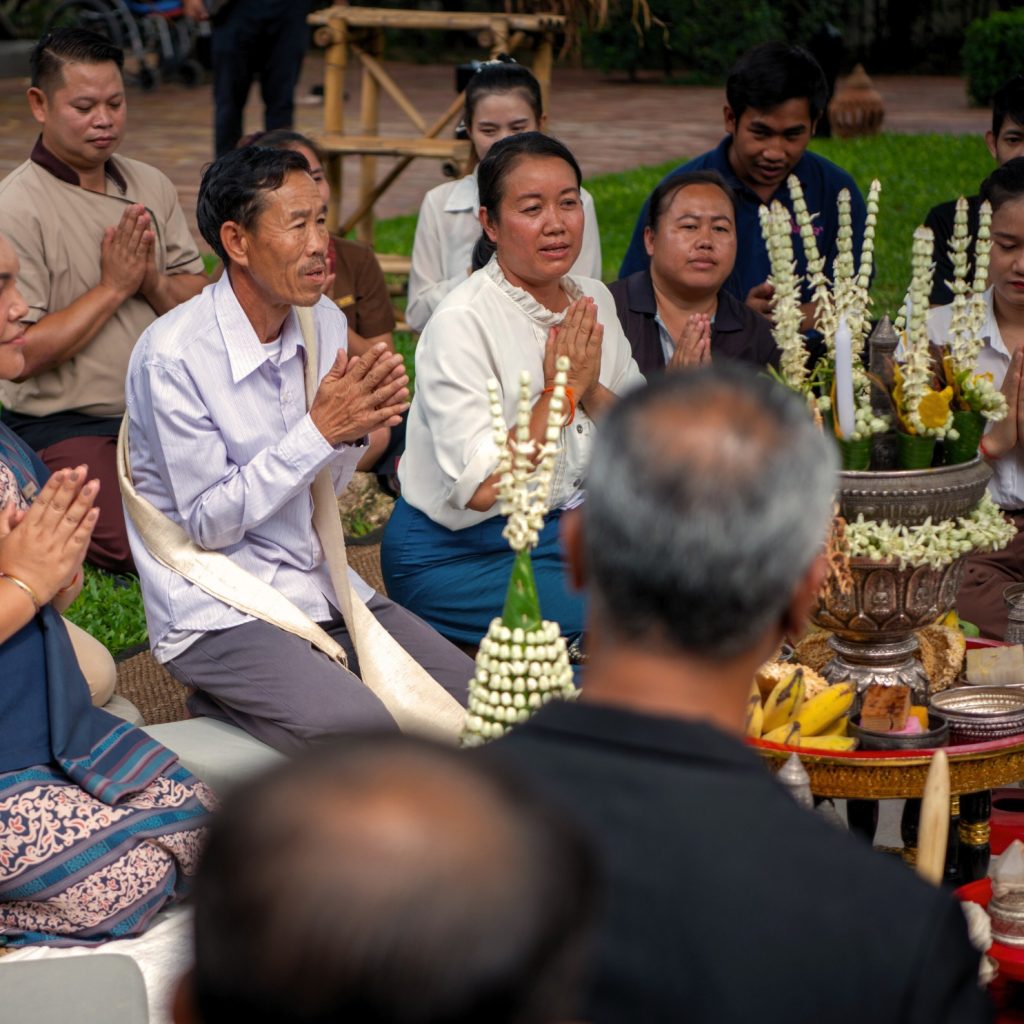
The hot season can be challenging, with daytime highs reaching 35–38°C, especially in central and southern Laos. Despite the heat, this period has its own charm.
Why Visit During This Season?
- Festivals: April brings Pi Mai Lao (Lao New Year), a nationwide water festival filled with fun street celebrations.
- Discounted Rates: Fewer visitors mean cheaper hotels and tours.
- Southern Laos: The 4,000 Islands region is particularly appealing, with refreshing waterfalls and river swimming.
Pros and Cons
- Pros: Low prices, unique cultural celebrations, quiet attractions.
- Cons: Extreme heat, making mid-day exploration uncomfortable.
Verdict: Ideal for budget-conscious travelers and festival lovers who don’t mind high temperatures.
Rainy Season (June – October): Laos at Its Greenest
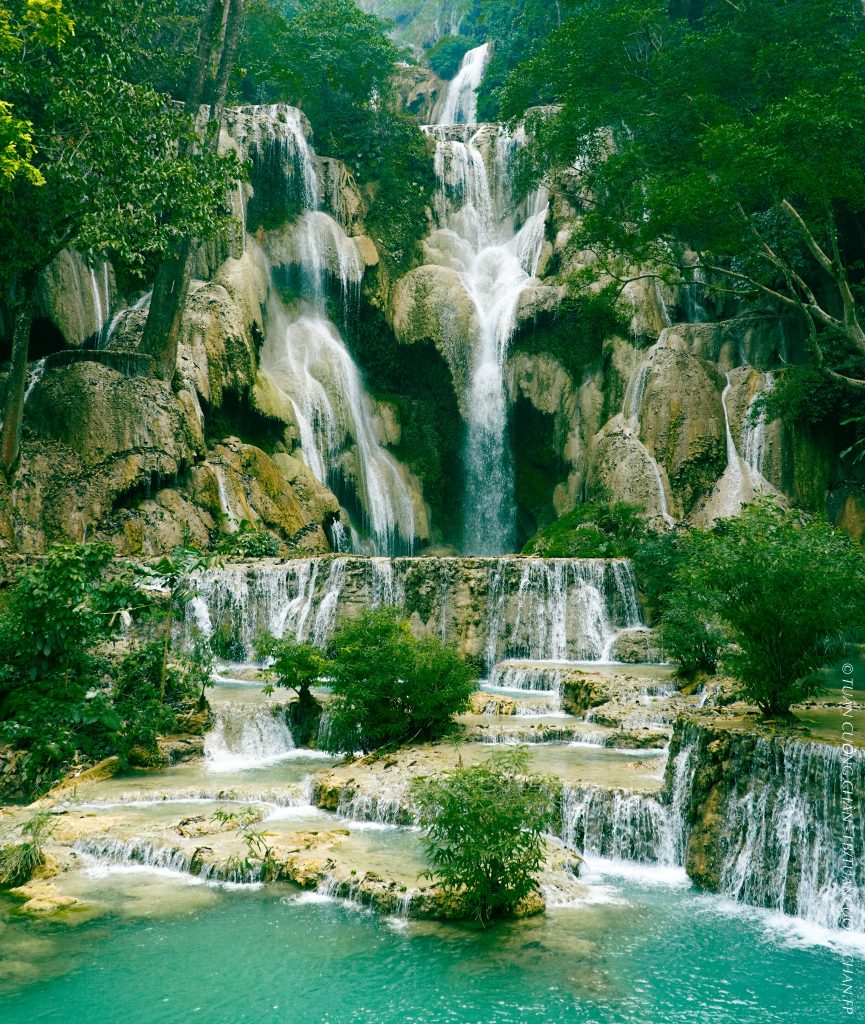
The rainy season is often misunderstood. While travelers fear endless downpours, the reality is different—rain usually comes in short, heavy bursts in the late afternoon, leaving much of the day dry.
Why Visit During This Season?
- Lush Landscapes: Rice paddies glow emerald green, and waterfalls like Kuang Si near Luang Prabang or Tad Fane near Pakse are at their most powerful.
- Mekong River Adventures: Higher water levels allow boats to access smaller rivers and remote villages.
- Photography Paradise: Dramatic skies, misty mountains, and vibrant greenery.
Pros and Cons
- Pros: Fewer tourists, lower costs, spectacular scenery.
- Cons: Slippery trekking trails, occasional road closures due to flooding.
Verdict: This is the best time to visit Laos for travelers seeking authentic experiences, stunning nature, and quiet exploration.
>> Once you’ve chosen the ideal season, explore our customized Laos tours.
Best Time by Activity
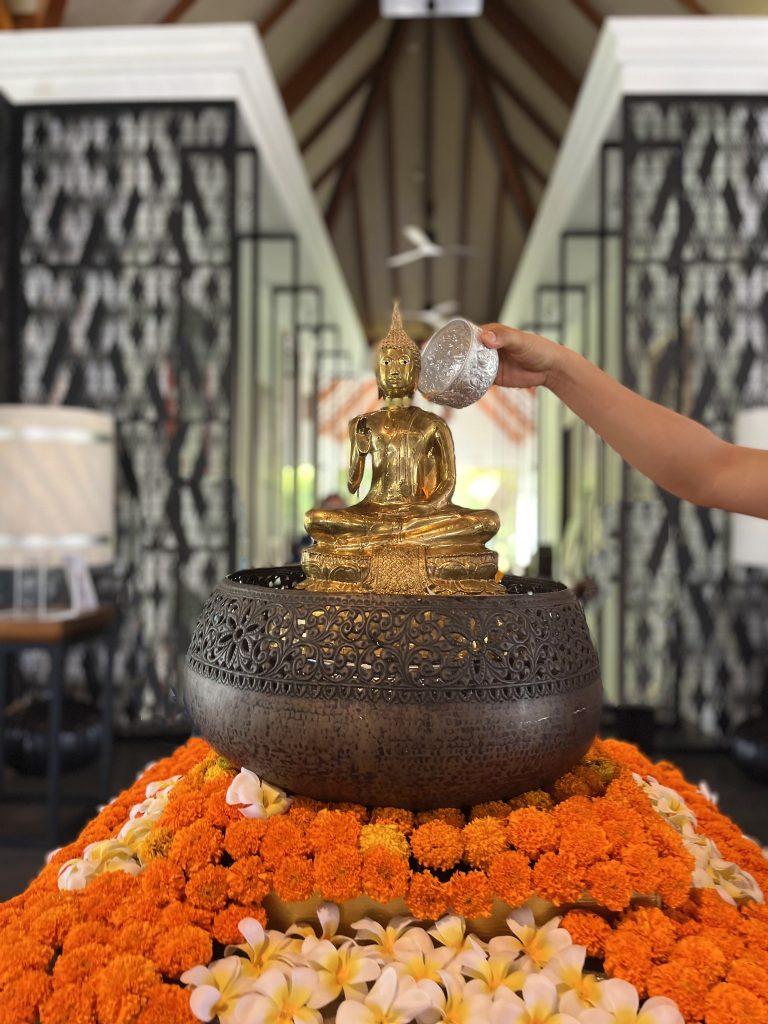
Choosing when to visit Laos also depends on what you want to do:
- Cultural Touring: November to February offers comfortable weather for temple visits and heritage walks.
- River Cruises: October to March is best for Mekong journeys due to navigable water levels.
- Trekking & Adventure: November to March provides cool weather, especially in northern Laos.
- Photography & Scenery: June to October showcases dramatic landscapes and vibrant green countryside.
- Budget Travel: May to October is ideal for discounted rates and fewer tourists.
Laos Festival Calendar Highlights
Festivals in Laos often follow the Buddhist lunar calendar, adding a unique cultural dimension to your timing.
- That Luang Festival (November): Celebrated in Vientiane with candlelight processions and merit-making.
- Pi Mai Lao (April): Lao New Year and water festival, a nationwide celebration.
- Boat Racing Festivals (September – October): Held along the Mekong River, marking the end of Buddhist Lent.
If your trip aligns with these events, you’ll experience an unforgettable side of Laos.
Regional Differences in Seasons
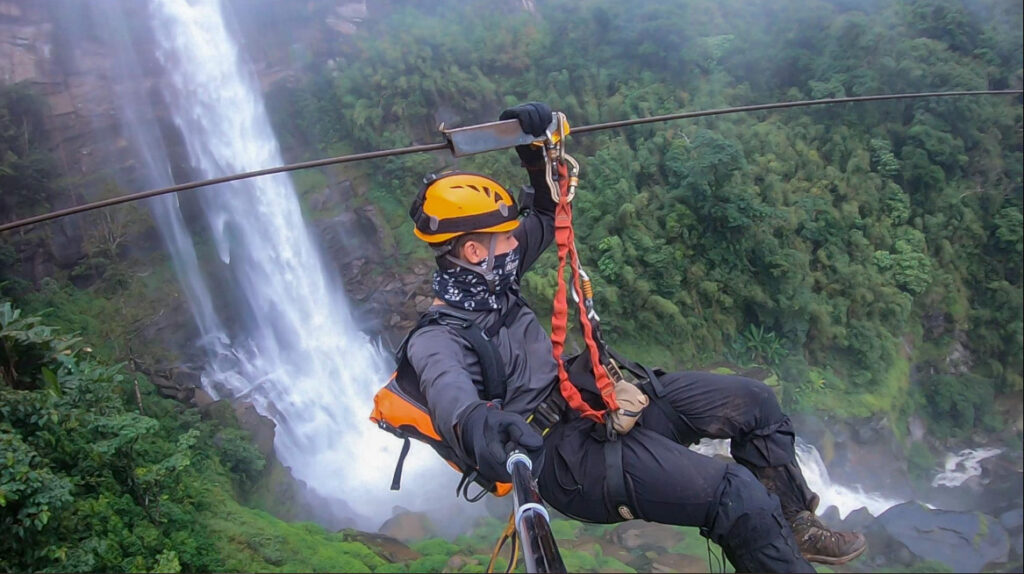
Different regions in Laos offer varied experiences depending on the season:
- Northern Laos (Luang Prabang, Nong Khiaw): Cool and misty in winter, lush in rainy season. Ideal for trekking between November and March.
- Central Laos (Vientiane, Vang Vieng): Hot in summer but great for cultural touring during the cool season.
- Southern Laos (Pakse, Bolaven Plateau, Si Phan Don): Waterfalls are most spectacular during the rainy season, while winter is more comfortable for travel.
This regional diversity means there’s always a good reason to travel, regardless of the month.
Month-by-Month Snapshot
- November – February: Cool, dry, busy season; ideal weather.
- March – May: Hot, dry, fewer crowds, budget-friendly.
- June – October: Rainy, lush, authentic, scenic.
This simple breakdown helps travelers quickly assess the best time to visit Laos according to personal preferences.
Conclusion: When Is the Best Time to Visit Laos?
The truth is, there isn’t a single “best time” that fits all travelers—it depends on your goals:
- For perfect weather and festivals: November – February.
- For fewer crowds and cultural immersion: March – May.
- For lush landscapes and off-the-beaten-path charm: June – October.
Whether you’re chasing waterfalls in the rainy season, enjoying Buddhist rituals in the cool season, or celebrating New Year with locals in April, Laos rewards travelers year-round. Your journey will be unforgettable, no matter the timing, if you match the season to your style of travel.
>> Don’t miss the complete Laos travel guide for detailed information.


